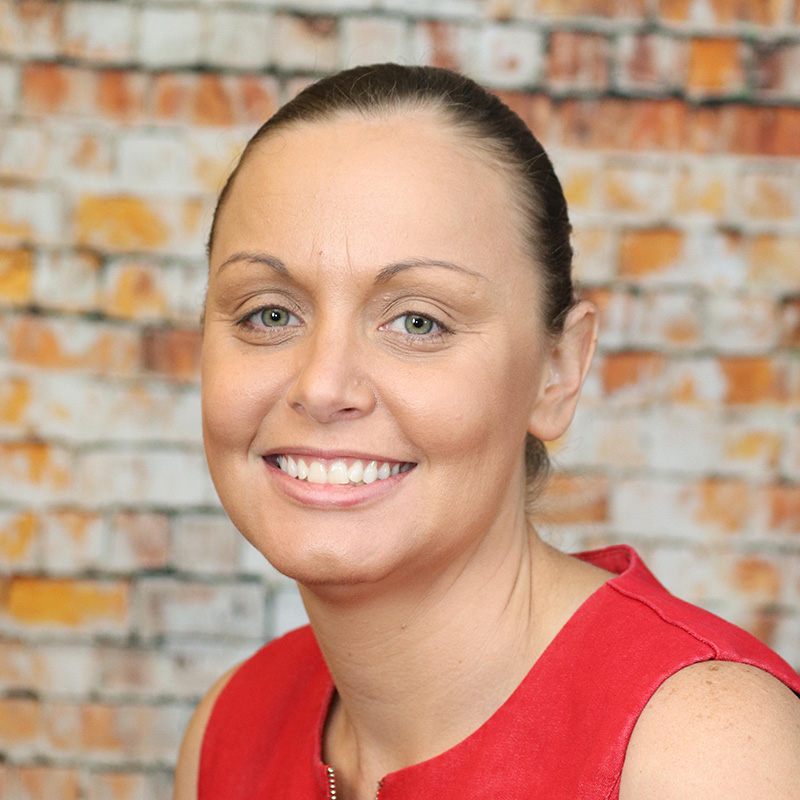Mar 01 2020, by Fleetwood Urban (Marketing)
Shades of Green: Maximising stand out with iconic outdoor spaces
Australia’s city fringes remain a hive of greenfield development. In fact, according to the Planning Institute of Australia1, we continue to be one of the fastest producers of residential property anywhere in the Organisation for Economic Co-operation and Development (OECD).
As significant parcels of land continue to be transformed each year, the supply of residential stock is unlikely to diminish any time soon – even with Australia’s population tipped to hit 31 million by 20342. This poses a very real challenge for developers, especially given the recent volatility in domestic property markets. In an increasingly cluttered and competitive environment, differentiation is more critical than ever. Question is, how do you achieve it?
In an interview with Belinda Ryan from Mirvac and Craig Cosier from Stockland, we uncovered the challenges faced by developers in greenfield spaces and the rewards associated with superior outdoor spaces.

Craig Cosier - Development Manager, Stockland

Belinda Ryan - Development Manager, Mirvac
It’s tempting to resort to tactical retail strategies in an attempt to command attention and drive volume. However, time and again with our clients, we see one of the very best ways to create powerful points of difference is to give families and communities what they truly value: inspiring and well-considered open spaces at their doorstep.
The general trend towards more compact residential blocks is clearly one factor driving the demand for greater access to outdoor spaces. More and more Australians are using local parks as a low-cost place to spend time with their family and friends, replacing the traditional role of backyards. This was certainly something identified at the Greening the City Seminar in April 2019, held by the Planning Institute of Australia which explained: “In the face of higher density housing and growing populations, urban residents and prospective unit purchasers are becoming increasingly vocal in their demands for more high quality and abundant open space.”3
Infrastructure Australia came to a similar conclusion in its Planning Liveable Cities4 report from December 2018.
“To maintain the world-renowned liveability of Australian cities, we need to make sure we appropriately sequence the delivery of housing and infrastructure,” the report stated. “This will ensure people have access to necessary facilities and services, such as good local parks and playgrounds.” Not surprisingly, we agree!
Unlike brownfield and infill developments, where there can be complex logistical challenges caused by existing urban infrastructure, greenfield communities typically provide more of a ‘blank page’. This presents exciting opportunities for ambitious developers, and at Fleetwood we’re very fortunate to work with some of the very best. Two of these are Mirvac and Stockland.
Belinda Ryan, Development Manager at Mirvac has no doubt of the value carefully-curated open spaces add to their communities. “Parklands are an integral part of any master-planned community,” she says. “They provide a space for residents to socialise, keep fit and active and connect with the great outdoors. In fact, one of our communities at Gainsborough Greens (Gold Coast) boasts over 32 hectares of green corridors and is renowned in the market for its stunning open spaces.”
As Residential Development Manager for Stockland in NSW, Craig Cosier explains high quality open spaces are a vital way of setting Stockland communities apart. “It’s those important elements of outdoor amenity – the parks, playgrounds, shelters, bridges, boardwalks and amenity blocks – that really differentiate us from our competitors, providing a key strategic advantage,” he says. “By offering unique and innovative attributes, we’re able to deliver a place with greater benefits than rival developments for a similar price. It’s this differentiation that really creates value in a buyer’s mind and frequently positions us above our competitors.”
The message from experts like Belinda and Craig really is clear:
“Superior open spaces deliver superior commercial outcomes”
“Outdoor community assets spark a joy of association,” explains Craig Cosier. “We’re finding buyers are increasingly purchasing with us due to a strong interest in our ‘third places’ – that is, spaces other than home, work or school where residents can meet, stay, play and have conversations. Potential buyers can visualise themselves living in the community when they see how our third places are activated in lively, colourful and engaging ways.”
Belinda Ryan shares a similar view, adding that: “Research has found green spaces have a positive impact on property prices and that people who live close to parks are often happier and more sociable.” Backing her up, a major 2018 report conducted by the Australian National University, Impact of Playgrounds on Property Prices: Evidence from Australia5, found properties within 300 metres of playgrounds and green spaces command an average price premium of $20,000, while if the figure is restricted to houses only, the average jumps even further to $32,073. In other words, it makes strong financial sense to factor in quality parklands and outdoor community spaces.
“Of course, not all outdoor spaces are created equal.”
While taking a more creative and custom approach will often require additional time and resources, it’s almost always worth it because the results invariably stand out like a beacon.
“At Mirvac we put a great deal of effort into planning parklands that offer new and different experiences,” says Belinda. “We don’t use cookie-cutter designs, which means each park is unique and is tailor-made to suit our residents and the broader surrounding community. Stand-out features in parks and playgrounds encourage new people to visit our communities, and really set them apart from the crowd.”
“Investment in creativity through unique and bespoke playgrounds, structures and public art is essential,” agrees Craig Cosier. “It delivers a distinct welcome and journey. But most of all, it creates an identity which is recognisable, memorable and something to be proud of when connecting with a new residential community, even subconsciously.”
Looking towards the future, both Belinda and Craig can only see the role of iconic outdoor spaces increasing in importance for developers. “Quality open space is a valuable community asset which will continue to be more and more important for busy Australian families,” concludes Craig Cosier. “Just look at how much Australian outdoor community assets have evolved over the last few decades. It’s exciting to think about how they’ll continue to advance in the future thanks to innovative companies like Fleetwood Urban.”



